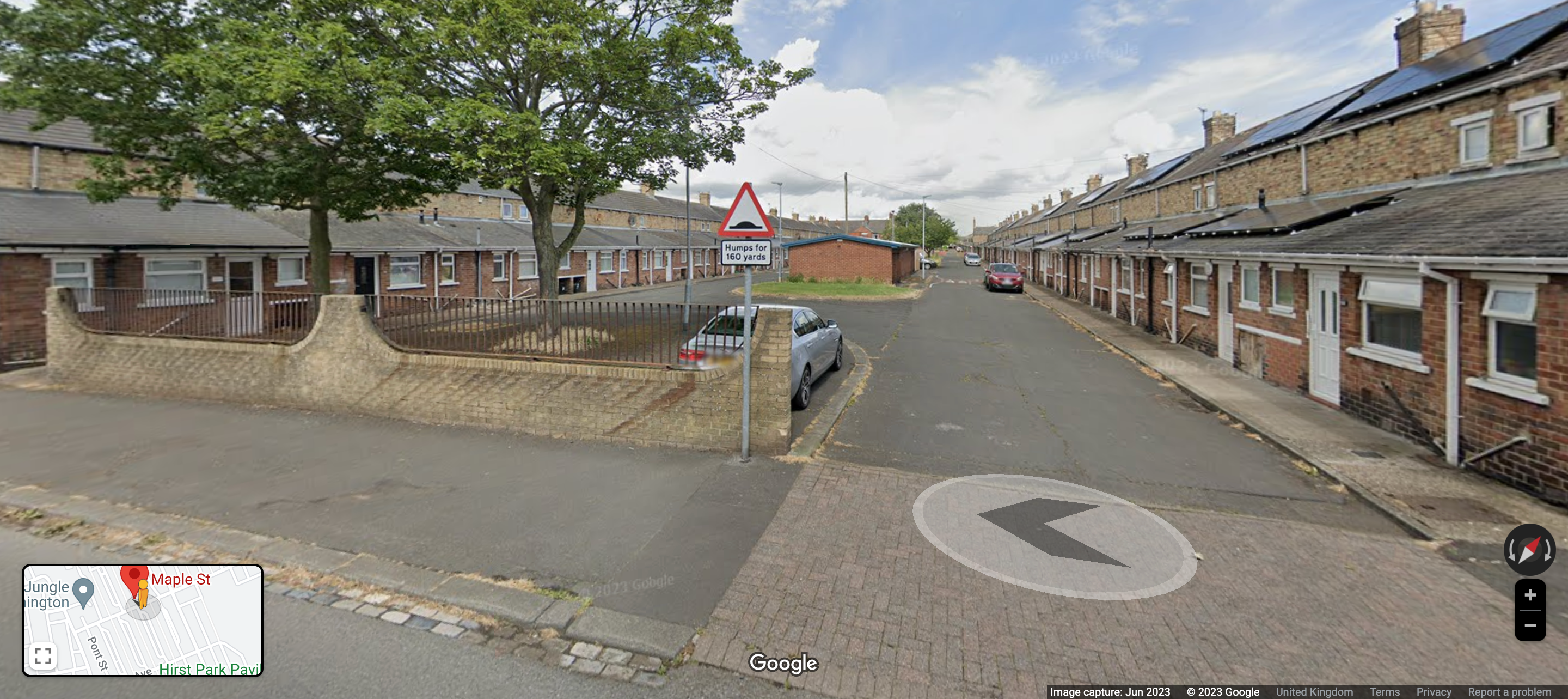Boy, 5, seriously injured after being attacked ‘by Staffordshire Bull Terrier’
Dog has been seized by police to ‘protect the public’

A five-year-old boy has suffered serious injuries after being attacked by a suspected Staffordshire Bull Terrier.
Emergency services were called to reports of a dog attacking a child in Ashington, Northumberland at around 4.30pm on Sunday.
The child is currently being treated in hospital for serious but non-life threatening injuries, police said
Officers believed the dog involved was a Staffordshire Bull Terrier, which was seized by police to “protect the public”.
Northumbria Police said: “Shortly before 4.30pm yesterday (Sunday), police received a report that a dog had injured a child in the Maple Street area of Ashington.

“A five-year-old boy was taken to hospital where he currently remains for treatment. His injuries are described as serious but non-life-threatening.
“Officers attended the scene where – in agreement with the owner – the dog in question was seized by police in order to protect the public. While further assessment will be carried out, officers believe the dog to be a Staffordshire bull terrier breed.”
They added that enquiries into the incident are ongoing and police remain in the area to offer reassurance.
The incident is the latest in a string of dog attacks - some of them fatal - to have taken place across the country in recent weeks. XL Bully dogs have been involved in a significant number of them.

Just one week ago, a school was forced to evacuate in Norfolk after a 60-year-old woman was mauled by her pet XL Bully at her home, before it escaped from the back garden.
In September, prime minister Rishi Sunak announced the dogs were to be banned by the end of the year following a spate of horrific attacks.

The prime minister said the animals, which campaigners have linked to at least 14 human deaths since 2021, are a danger to children and communities, in a video posted to social media.
XLs got recognition as a breed from the US United Kennel Club in 2013 but they are not recognised by the main dog associations in the UK, meaning an outline ban could be difficult to enforce.



